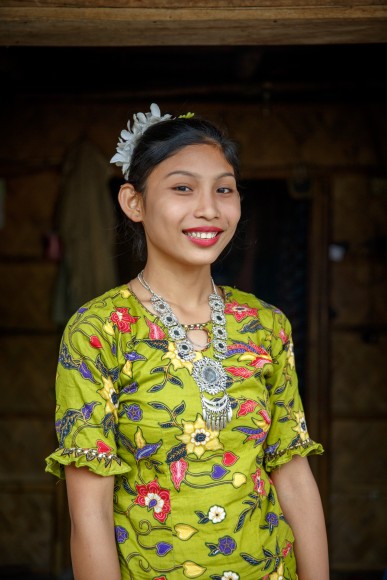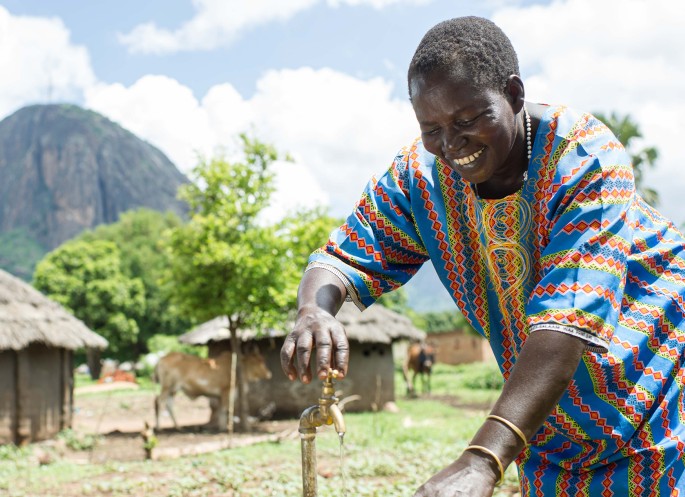Empower Indigenous women, strengthen communities
August 9 marks the International Day of the World’s Indigenous Peoples. Indigenous people are the original or earliest known people to live in a particular place before other groups came to live in, conquer or colonise the area. Worldwide, there are an estimated 476 million Indigenous people, of which around two thirds live in Asia.
Although they only make up 6% of the global population, Indigenous peoples account for about 19% of people living in extreme poverty. This largely has to do with the high levels of social exclusion and discrimination these groups continuously must face. For example, many Indigenous communities lack formal recognition over their lands, territories and natural resources, and have limited or no access to basic social services such as essential health care and education.
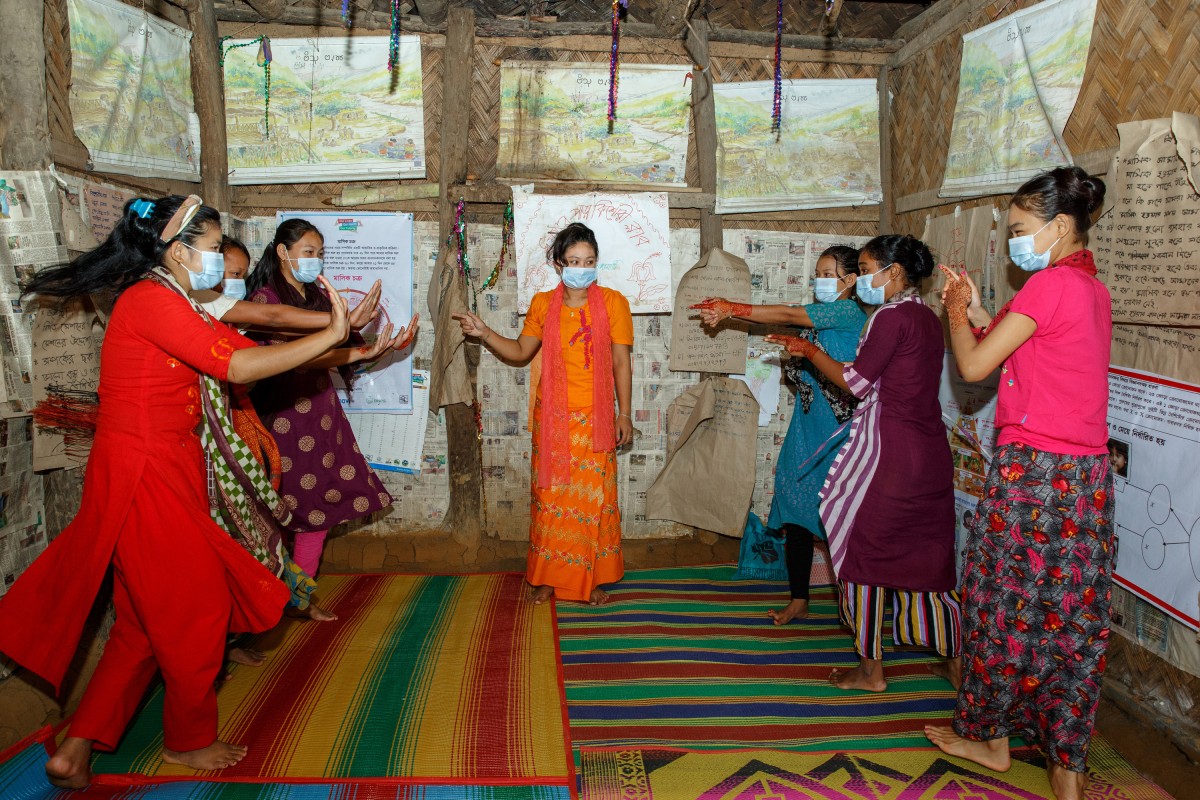
Celebrating diverse cultures and communities worldwide
On the 9th of August, we honour the diverse cultures, strength and resilience of Indigenous peoples worldwide. And we celebrate their invaluable contributions to making this world a safer and more sustainable place. Because let’s not forget that Indigenous peoples manage over 25% of the world’s land surface and safeguard about 80% of the world’s biodiversity.
During this year’s celebrations, particular focus will be put on the role of Indigenous women in the preservation and transmission of tradition knowledge. Indigenous women play important roles in their communities and beyond as protectors, sharers and managers of natural resources, and keepers of scientific and ancestral knowledge. For generations, Indigenous communities have monitored climate and environmental changes and developed adaptive strategies to deal with a changing climate. Their time-tested practices, which emphasise respect and harmony between humans and the natural world, may help society at large to cope with impending changes.
The situation of Indigenous women in the Chittagong Hill Tracts
During this year’s celebrations, Simavi would like to put powerful young Indigenous women from the Chittagong Hill Tracts (CHT) in Bangladesh in the limelight. For generations, the CHT has almost exclusively been inhabited by the ethnic ‘Jummas’, a collective term used to refer to 11 ethno-linguistically and religiously diverse people.
Yet, ever since Bangladesh gained independence in 1971, the Jummas have faced discrimination, assault and violent repression from outsiders coming from different parts of the country. Particularly women and girls are put in a disadvantaged position. Traditional patriarchal social structures in the CHT limit their opportunities and restrict their bodily and sexual autonomy. Together with the prolonged conflict, this increases their exposure to sexual violence and assault.
Health is a right, not a privilege
The Constitution of Bangladesh guarantees the right to health care and medical treatment for all its citizens, irrespective of age, sex, caste, creed and colour. However, in the CHT many young women face limited access to health services, including sexual and reproductive health services. This may have to do with remoteness of facilities, language barriers, unaffordability and poor quality of the services as well as biased attitudes of the service providers. In addition, many medical practitioners fail to report incidents of sexual violence and rape that take place in the CHT, especially towards Indigenous women and girls. This is often justified as a measure to prevent further conflict between the outsiders and the Indigenous people and the rise of communal violence.
In the Our Lives, Our Health, Our Futures programme, funded by the European Union, Simavi is working towards more safety and health for girls in the CHT, together with partner BNPS and local civil society organisations. To celebrate Indigenous peoples worldwide, we want to raise the voices of girls that are engaged in the programme and highlight some of the issues they would like to see changed in the future.
For example, Mimpei Marma, a 14-year-old girl living in the Khagrachhari Hill district shares: ‘’I want to see a change of people’s negative attitudes towards girls and women and also want change of the existing health care services. In our area there is a community clinic, but it is far from our village. It takes about 40 to 50 minutes of walking to get there. The health workers do not come regularly and the do not get the necessary medicines we need.’’
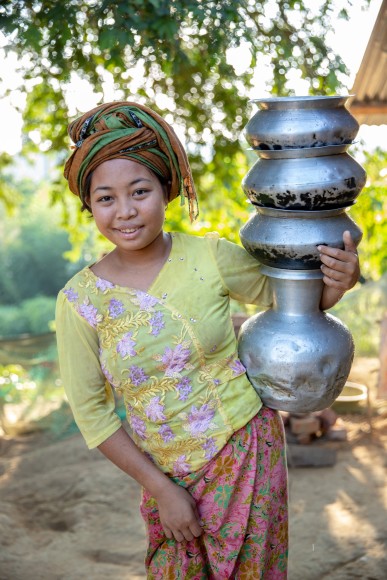
For many of the Jummas, their right to health is deprived as they cannot access the health services they need, when and where they need them, without suffering financial hardship. Moreover, the sexual and reproductive health (SRH) of young women, especially unmarried women, is a controversial and taboo topic to discuss.
Malini Chakma, a 21-year-old girl from Kawkhali Upazila shares: ‘’Community people do not openly discuss about menstruation and SRH issues and we do not get any support. There are still some taboos in our society about what a pregnant woman can eat, what she cannot eat, what she should do or not do. I hope that through this project my parents will be able to change their attitudes, that they will understand us and will support us to lead a normal life.’’
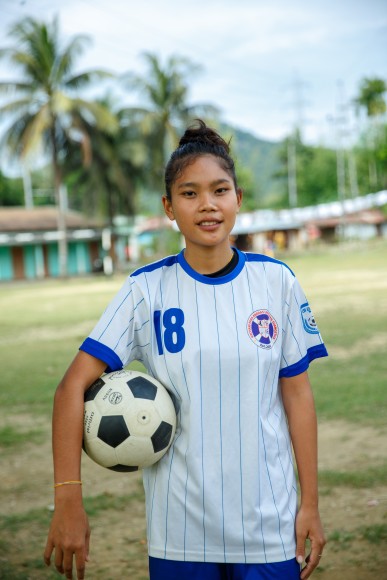
Girls’ priorities as the base for advocacy
Through the establishment of girls’ clubs, the Our Lives, Our Health, Our Futures programme has tried to create a safe space for girls. In the clubs, they will be able to have conversations about their lives, experiences and challenges, and gain a sense of control over their own bodies. As mentioned by Malini Chakma: ‘’Through the club, girls like me will be able to manage a healthy life, they will become aware of different rights and will be able to protect themselves from violence.’’
Furthermore, the programme is advocating for the establishment of quality services that are age appropriate and gender friendly. This includes available, accessible, acceptable and affordable care which meets the health needs of adolescent girls and young women in the CHT. The programme takes on an innovative approach to work towards this advocacy goal, as it is informed by the lives and experiences of Indigenous girls and young women themselves.
Using creative tools such as collage, photos and drama play, girls are supported to communicate their priorities and aspirations to their friends, families and leaders in the community. By letting girls from Indigenous groups engage in advocacy processes in which they identify, articulate and voice their own needs and rights, the programme tries to achieve the greatest change possible.
Full participation is key
Improving Indigenous peoples’ access to health services requires their active participation in the design and implementation of these services. Moreover, health care services need to be culturally and linguistically appropriate for Indigenous peoples for them to enjoy the highest attainable standard of health. These young women and girls from the CHT are already making a change in their communities, by raising their voices on issues that are important to them.
Khing khing mya Marma, a girl from Kukimara village, is ready to be at the forefront of change. ‘’Through this project, I want to increase awareness programmes to eradicate the prejudices of the society. So that women’s participation and decision-making is increased and all kind of inequalities are eliminated. In order to enjoy a healthy and beautiful life in the future, we need independent opinions, decisions and a supportive environment.’’
